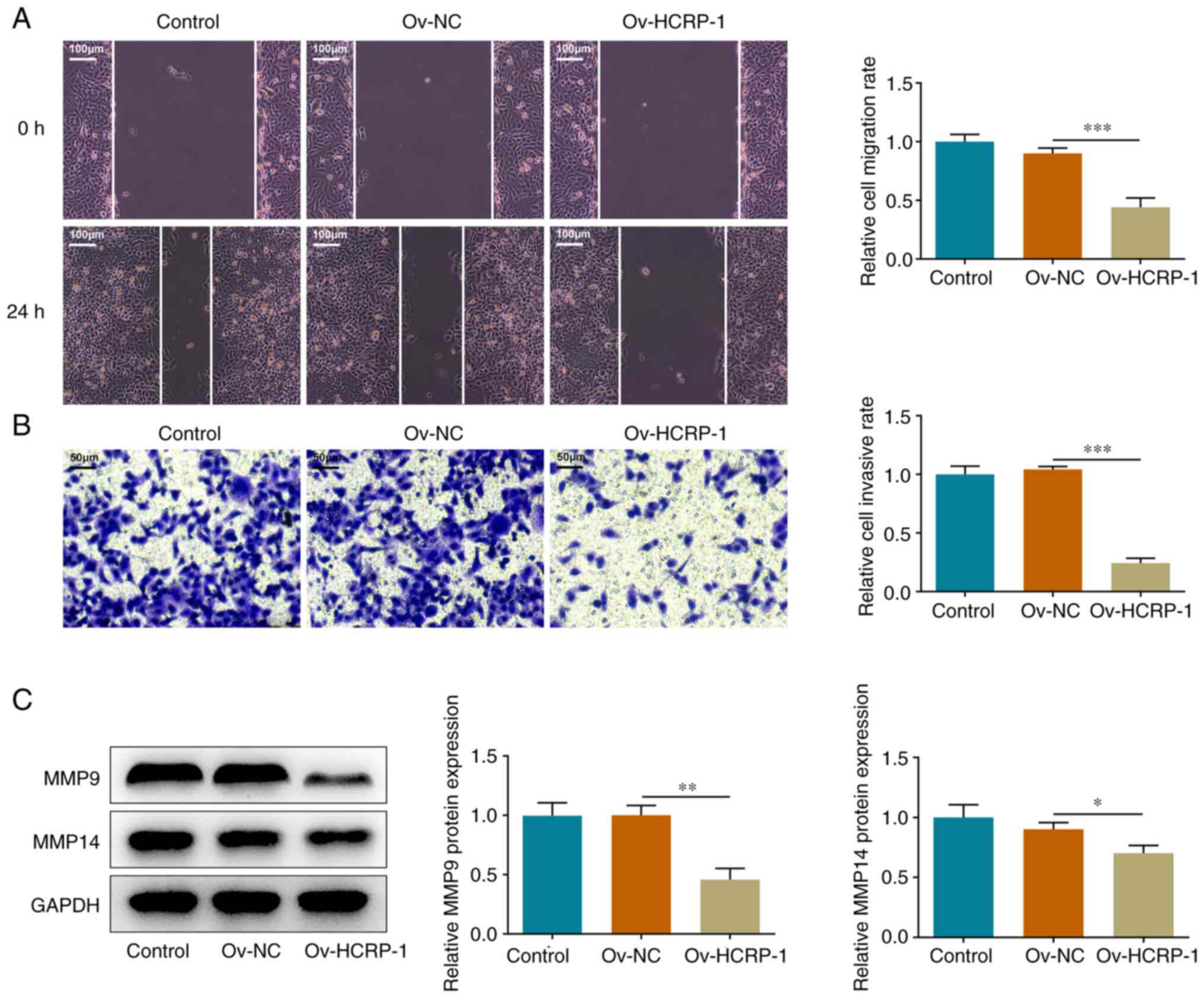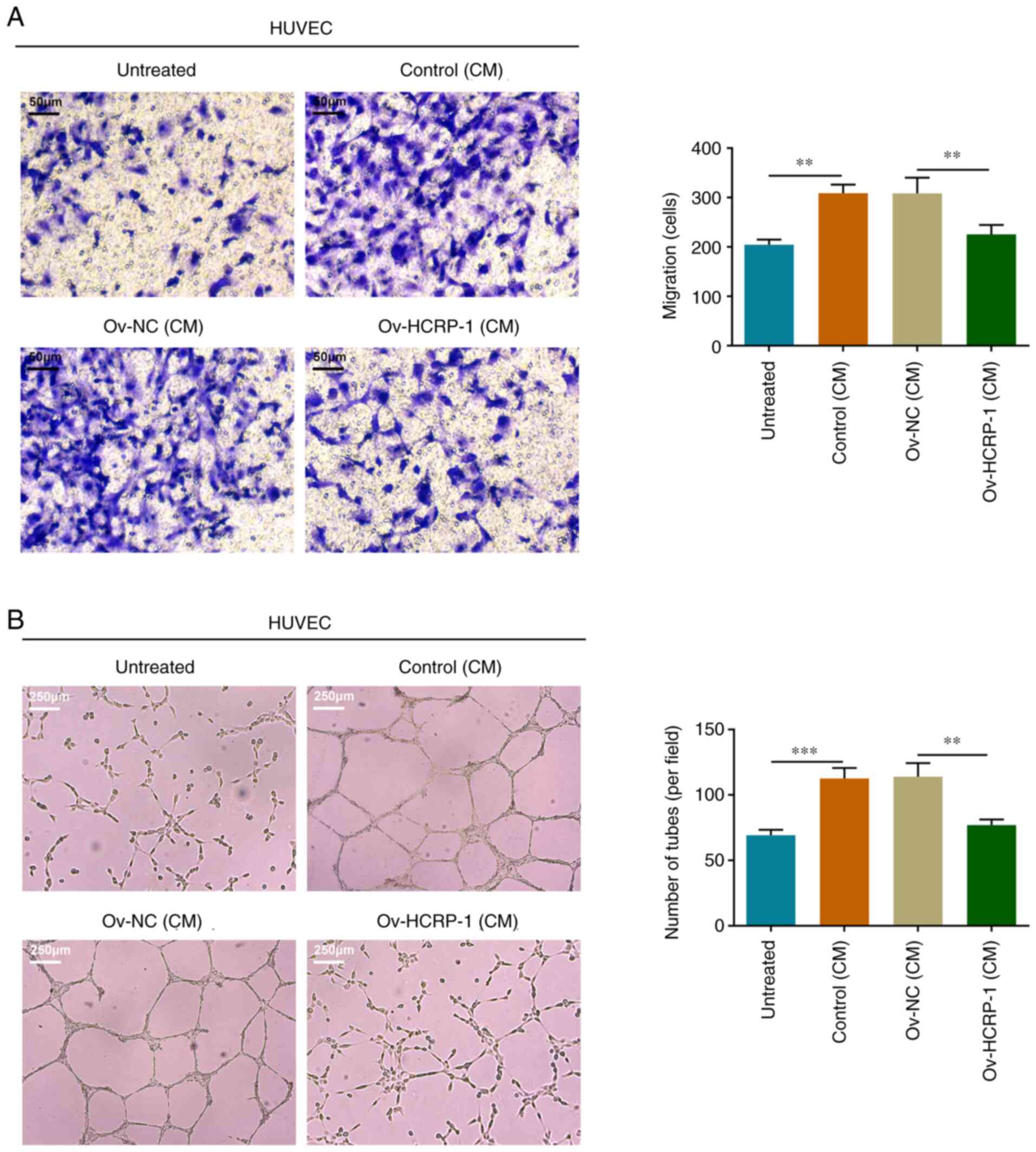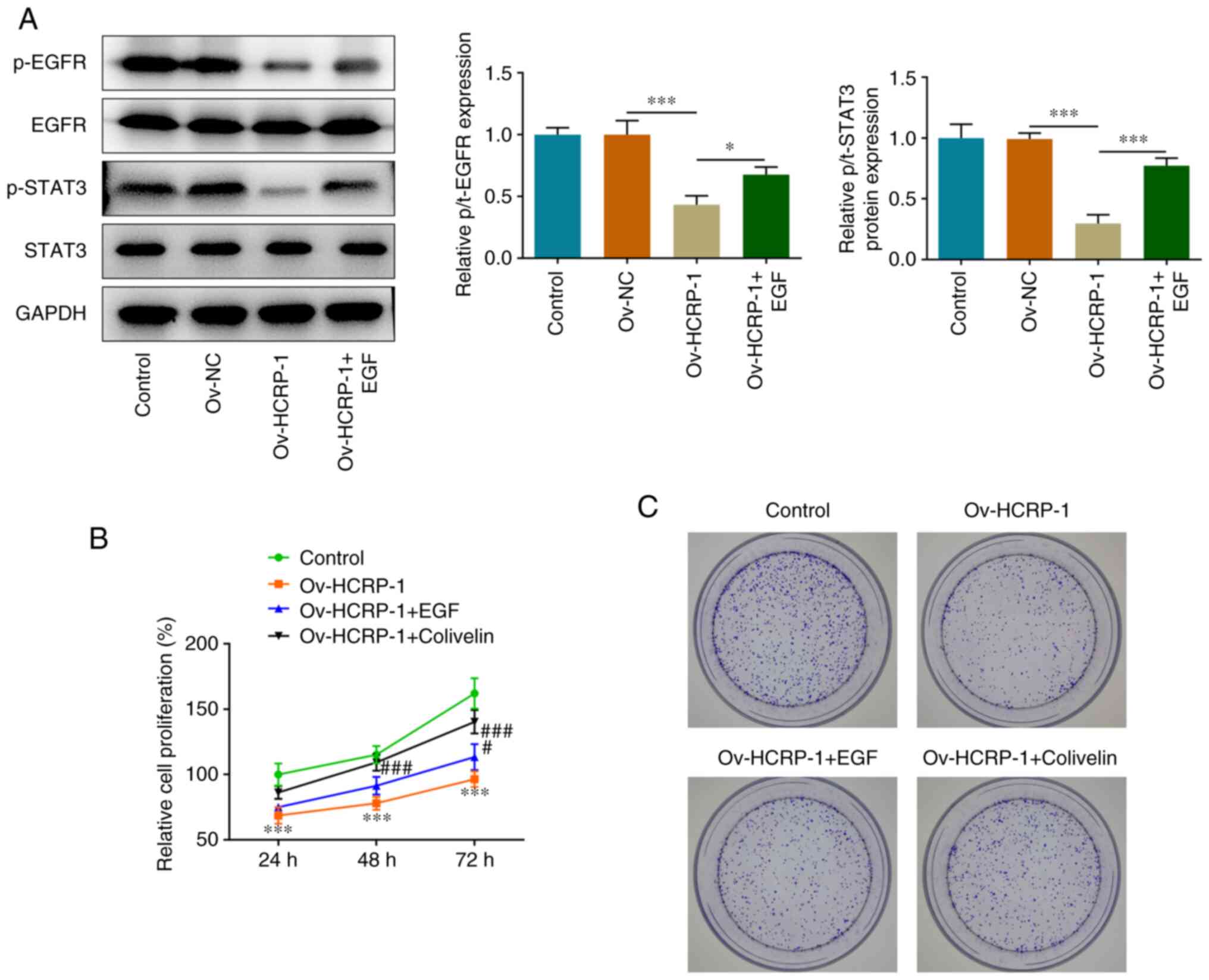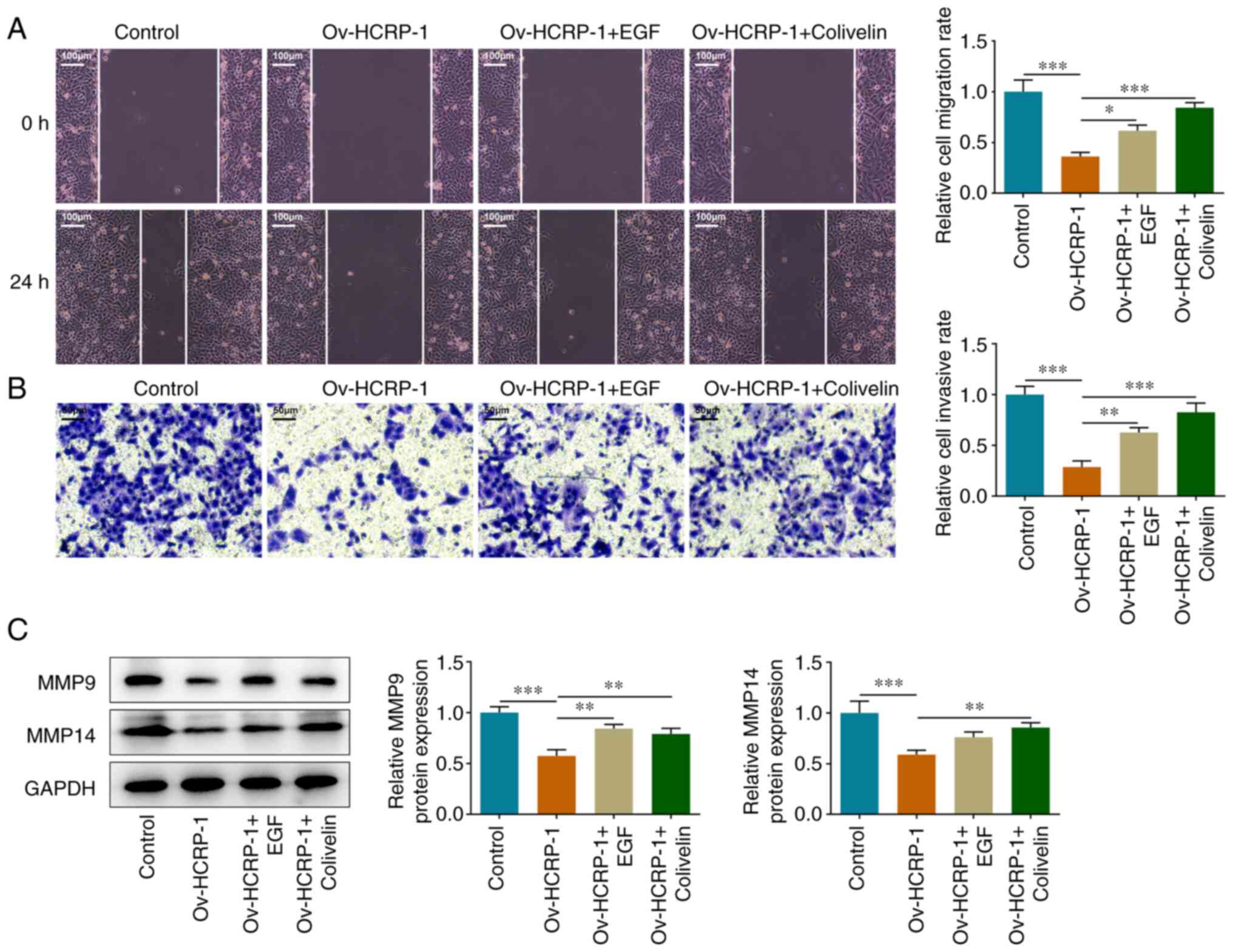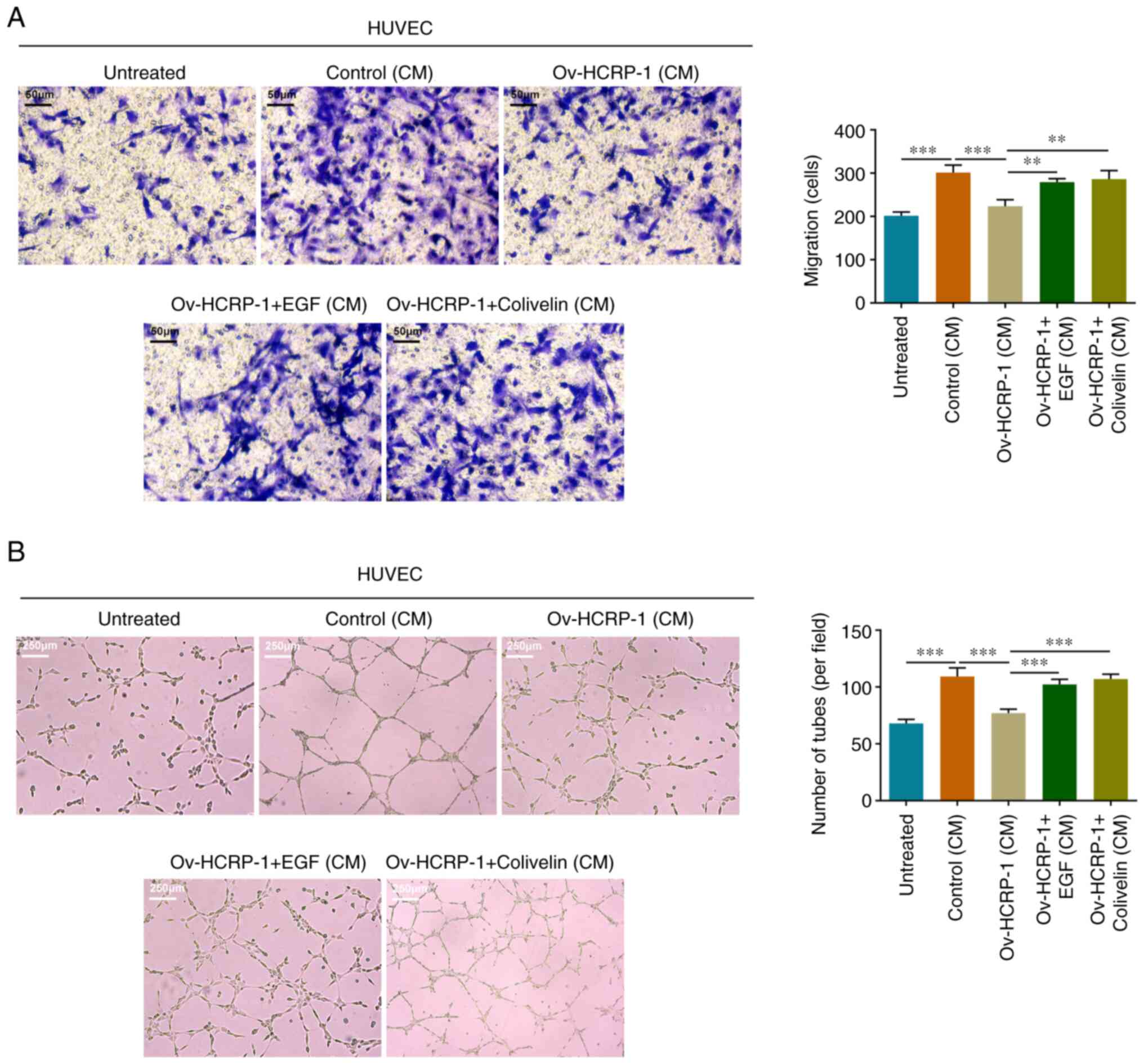|
1
|
Johnson DE, Burtness B, Leemans CR, Lui
VWY, Bauman JE and Grandis JR: Head and neck squamous cell
carcinoma. Nat Rev Dis Primers. 6:922020. View Article : Google Scholar : PubMed/NCBI
|
|
2
|
Singh P, Rai A, Verma AK, Alsahli MA,
Rahmani AH, Almatroodi SA, Alrumaihi F, Dev K, Sinha A, Sankhwar S
and Dohare R: Survival-based biomarker module identification
associated with oral squamous cell carcinoma (OSCC). Biology
(Basel). 10:7602021.PubMed/NCBI
|
|
3
|
Romer CAE, Broglie Daeppen MA, Mueller M,
Huber GF, Guesewell S and Stoeckli SJ: Long-term speech and
swallowing function after primary resection and sentinel node
biopsy for early oral squamous cell carcinoma. Oral Oncol.
89:127–132. 2019. View Article : Google Scholar : PubMed/NCBI
|
|
4
|
Jethwa AR and Khariwala SS:
Tobacco-related carcinogenesis in head and neck cancer. Cancer
Metastasis Rev. 36:411–423. 2017. View Article : Google Scholar : PubMed/NCBI
|
|
5
|
Zhu F, Yang T, Yao M, Shen T and Fang C:
HNRNPA2B1, as a m6A reader, promotes tumorigenesis and
metastasis of oral squamous cell carcinoma. Front Oncol.
11:7169212021. View Article : Google Scholar : PubMed/NCBI
|
|
6
|
Jin Z, Zhao X, Cui L, Xu X, Zhao Y, Younai
F, Messadi D and Hu S: UBE2C promotes the progression of head and
neck squamous cell carcinoma. Biochem Biophys Res Commun.
523:389–397. 2020. View Article : Google Scholar : PubMed/NCBI
|
|
7
|
Li X, Zhu F, Liu Z, Tang X, Han Y, Jiang
J, Ma C and He Y: High expression of Rab31 confers a poor prognosis
and enhances cell proliferation and invasion in oral squamous cell
carcinoma. Oncol Rep. 45:1182–1192. 2021. View Article : Google Scholar : PubMed/NCBI
|
|
8
|
Hasegawa K, Fujii S, Matsumoto S, Tajiri
Y, Kikuchi A and Kiyoshima T: YAP signaling induces PIEZO1 to
promote oral squamous cell carcinoma cell proliferation. J Pathol.
253:80–93. 2021. View Article : Google Scholar : PubMed/NCBI
|
|
9
|
Rahimi S: HPV-related squamous cell
carcinoma of oropharynx: A review. J Clin Pathol. 73:624–629. 2020.
View Article : Google Scholar : PubMed/NCBI
|
|
10
|
Tomasich E, Topakian T, Heller G, Udovica
S, Krainer M and Marhold M: Loss of HCRP1 leads to upregulation of
PD-L1 via STAT3 activation and is of prognostic significance in
EGFR-dependent cancer. Transl Res. 230:21–33. 2021. View Article : Google Scholar : PubMed/NCBI
|
|
11
|
Sun L, Lü J, Ding S, Bi D, Ding K, Niu Z
and Liu P: HCRP1 regulates proliferation, invasion, and drug
resistance via EGFR signaling in prostate cancer. Biomed
Pharmacother. 91:202–207. 2017. View Article : Google Scholar : PubMed/NCBI
|
|
12
|
Yang W, Wang JG, Wang Q, Qin Y, Lin X,
Zhou D, Ren K, Hou C, Xu J and Liu X: Decreased HCRP1 promotes
breast cancer metastasis by enhancing EGFR phosphorylation. Biochem
Biophys Res Commun. 477:222–228. 2016. View Article : Google Scholar : PubMed/NCBI
|
|
13
|
Xu J, Zhang X, Wang H, Ge S, Gao T, Song
L, Wang X, Li H, Qin Y and Zhang Z: HCRP1 downregulation promotes
hepatocellular carcinoma cell migration and invasion through the
induction of EGFR activation and epithelial-mesenchymal transition.
Biomed Pharmacother. 88:421–429. 2017. View Article : Google Scholar : PubMed/NCBI
|
|
14
|
Du Y, Wang P, Sun H, Yang J, Lang X, Wang
Z, Zang S, Chen L, Ma J and Sun D: HCRP1 is downregulated in
non-small cell lung cancer and regulates proliferation, invasion,
and drug resistance. Tumour Biol. Oct 13–2016.(Epub ahead of
print). View Article : Google Scholar
|
|
15
|
Chen F, Zhang L, Wu J, Huo F, Ren X, Zheng
J and Pei D: HCRP-1 regulates EGFR-AKT-BIM-mediated anoikis
resistance and serves as a prognostic marker in human colon cancer.
Cell Death Dis. 9:11762018. View Article : Google Scholar : PubMed/NCBI
|
|
16
|
Wu Y, Yang Y and Xian YS: HCRP1 inhibits
cell proliferation and invasion and promotes chemosensitivity in
esophageal squamous cell carcinoma. Chem Biol Interact.
308:357–363. 2019. View Article : Google Scholar : PubMed/NCBI
|
|
17
|
Ferguson KM, Hu C and Lemmon MA: Insulin
and epidermal growth factor receptor family members share parallel
activation mechanisms. Protein Sci. 29:1331–1344. 2020. View Article : Google Scholar : PubMed/NCBI
|
|
18
|
Talukdar S, Emdad L, Das SK and Fisher PB:
EGFR: An essential receptor tyrosine kinase-regulator of cancer
stem cells. Adv Cancer Res. 147:161–188. 2020. View Article : Google Scholar : PubMed/NCBI
|
|
19
|
Sabbah DA, Hajjo R and Sweidan K: Review
on epidermal growth factor receptor (EGFR) structure, signaling
pathways, interactions, and recent updates of EGFR inhibitors. Curr
Top Med Chem. 20:815–834. 2020. View Article : Google Scholar : PubMed/NCBI
|
|
20
|
Masood A, Kancha RK and Subramanian J:
Epidermal growth factor receptor (EGFR) tyrosine kinase inhibitors
in non-small cell lung cancer harboring uncommon EGFR mutations:
Focus on afatinib. Semin Oncol. 46:271–283. 2019. View Article : Google Scholar : PubMed/NCBI
|
|
21
|
Liu YC, Tsai JJ, Weng YS and Hsu FT:
Regorafenib suppresses epidermal growth factor receptor
signaling-modulated progression of colorectal cancer. Biomed
Pharmacother. 128:1103192020. View Article : Google Scholar : PubMed/NCBI
|
|
22
|
Lu S, Fan HW, Li K and Fan XD: Suppression
of Elp2 prevents renal fibrosis and inflammation induced by
unilateral ureter obstruction (UUO) via inactivating
Stat3-regulated TGF-β1 and NF-κB pathways. Biochem Biophys Res
Commun. 501:400–407. 2018. View Article : Google Scholar : PubMed/NCBI
|
|
23
|
Livak KJ and Schmittgen TD: Analysis of
relative gene expression data using real-time quantitative PCR and
the 2(−Delta Delta C(T)) method. Methods. 25:402–408. 2001.
View Article : Google Scholar : PubMed/NCBI
|
|
24
|
Cheng HW, Chen YF, Wong JM, Weng CW, Chen
HY, Yu SL, Chen HW, Yuan A and Chen JJ: Cancer cells increase
endothelial cell tube formation and survival by activating the
PI3K/Akt signalling pathway. J Exp Clin Cancer Res. 36:272017.
View Article : Google Scholar : PubMed/NCBI
|
|
25
|
Wang Y, Dong L, Zhong H, Yang L, Li Q, Su
C, Gu W and Qian Y: Extracellular vesicles (EVs) from lung
adenocarcinoma cells promote human umbilical vein endothelial cell
(HUVEC) angiogenesis through yes kinase-associated protein (YAP)
transport. Int J Biol Sci. 15:2110–2118. 2019. View Article : Google Scholar : PubMed/NCBI
|
|
26
|
Shintani T, Takatsu F, Rosli SNZ, Usui E,
Hamada A, Sumi K, Hayashido Y, Toratani S and Okamoto T:
Eldecalcitol (ED-71), an analog of
1α,25(OH)2D3, inhibits the growth of squamous
cell carcinoma (SCC) cells in vitro and in vivo by down-regulating
expression of heparin-binding protein 17/fibroblast growth
factor-binding protein-1 (HBp17/FGFBP-1) and FGF-2. In Vitro Cell
Dev Biol Anim. 53:810–817. 2017. View Article : Google Scholar : PubMed/NCBI
|
|
27
|
Sciubba JJ and Larian B: Oral squamous
cell carcinoma: Early detection and improved 5-year survival in 102
patients. Gen Dent. 66:e11–e16. 2018.PubMed/NCBI
|
|
28
|
Chaturvedi AK, Anderson WF,
Lortet-Tieulent J, Curado MP, Ferlay J, Franceschi S, Rosenberg PS,
Bray F and Gillison ML: Worldwide trends in incidence rates for
oral cavity and oropharyngeal cancers. J Clin Oncol. 31:4550–4559.
2013. View Article : Google Scholar : PubMed/NCBI
|
|
29
|
Sá JO, Trino LD, Oliveira AK, Lopes AFB,
Granato DC, Normando AGC, Santos ES, Neves LX, Carnielli CM and
Paes Leme AF: Proteomic approaches to assist in diagnosis and
prognosis of oral cancer. Expert Rev Proteomics. 18:261–284. 2021.
View Article : Google Scholar : PubMed/NCBI
|
|
30
|
Mirza S, Hadi N, Pervaiz S, Zeb Khan S,
Mokeem SA, Abduljabbar T, Al-Hamoudi N and Vohra F: Expression of
HER-2/neu in oral squamous cell carcinoma. Asian Pac J Cancer Prev.
21:1465–1470. 2020. View Article : Google Scholar : PubMed/NCBI
|
|
31
|
Pillai J, Chincholkar T, Dixit R and
Pandey M: A systematic review of proteomic biomarkers in oral
squamous cell cancer. World J Surg Oncol. 19:3152021. View Article : Google Scholar : PubMed/NCBI
|
|
32
|
Wittekindt C, Wagner S, Sharma SJ,
Würdemann N, Knuth J, Reder H and Klußmann JP: HPV-a different view
on head and neck cancer. Laryngorhinootologie. 97 (Suppl
1):S48–S113. 2018.PubMed/NCBI
|
|
33
|
Yokokawa M, Morita KI, Oikawa Y, Oikawa Y,
Kayamori K, Sakamoto K, Ikeda T and Harada H: Co-expression of EGFR
and MET has a synergistic effect on the prognosis of patients with
oral squamous cell carcinoma. J Oral Pathol Med. 49:235–242. 2020.
View Article : Google Scholar : PubMed/NCBI
|
|
34
|
Chai AWY, Lim KP and Cheong SC:
Translational genomics and recent advances in oral squamous cell
carcinoma. Semin Cancer Biol. 61:71–83. 2020. View Article : Google Scholar : PubMed/NCBI
|
|
35
|
Yin P, Cui S, Liao X and Yao X: Galectin-3
blockade suppresses the growth of cetuximab-resistant human oral
squamous cell carcinoma. Mol Med Rep. 24:6852021. View Article : Google Scholar : PubMed/NCBI
|
|
36
|
Uzawa K, Kasamatsu A, Saito T, Kita A,
Sawai Y, Toeda Y, Koike K, Nakashima D, Endo Y, Shiiba M, et al:
Growth suppression of human oral cancer cells by candidate agents
for cetuximab-side effects. Exp Cell Res. 376:210–220. 2019.
View Article : Google Scholar : PubMed/NCBI
|
|
37
|
Ding L, Ren J, Zhang D, Li Y, Huang X, Ji
J, Hu Q, Wang H, Ni Y and Hou Y: The TLR3 agonist inhibit drug
efflux and sequentially consolidates low-dose cisplatin-based
chemoimmunotherapy while reducing side effects. Mol Cancer Ther.
16:1068–1079. 2017. View Article : Google Scholar : PubMed/NCBI
|
|
38
|
Russo A, Franchina T, Ricciardi G,
Battaglia A, Picciotto M and Adamo V: Heterogeneous responses to
epidermal growth factor receptor (EGFR) tyrosine kinase inhibitors
(TKIs) in patients with uncommon EGFR mutations: New insights and
future perspectives in this complex clinical scenario. Int J Mol
Sci. 20:14312019. View Article : Google Scholar : PubMed/NCBI
|
|
39
|
Eskilsson E, Røsland GV, Solecki G, Wang
Q, Harter PN, Graziani G, Verhaak RGW, Winkler F, Bjerkvig R and
Miletic H: EGFR heterogeneity and implications for therapeutic
intervention in glioblastoma. Neuro Oncol. 20:743–752. 2018.
View Article : Google Scholar : PubMed/NCBI
|
|
40
|
Tseng YK, Chen CF, Shu CW, Lee CH, Chou
YT, Li YJ, Liou HH, Cheng JT, Chen CL, Ger LP and Liu PF: Effect of
EGFR on SQSTM1 expression in malignancy and tumor progression of
oral squamous cell carcinoma. Int J Mol Sci. 22:122262021.
View Article : Google Scholar : PubMed/NCBI
|
|
41
|
Tanaka T, Zhou Y, Ozawa T, Okizono R,
Banba A, Yamamura T, Oga E, Muraguchi A and Sakurai H:
Ligand-activated epidermal growth factor receptor (EGFR) signaling
governs endocytic trafficking of unliganded receptor monomers by
non-canonical phosphorylation. J Biol Chem. 293:2288–2301. 2018.
View Article : Google Scholar : PubMed/NCBI
|
|
42
|
Sun N, Zhang X, Zhang X and Kim KM: The
EGF receptor inhibits the signaling of dopamine D3
receptor through the phosphorylation of GRK2 on tyrosine residues.
Biochem Biophys Res Commun. 489:515–522. 2017. View Article : Google Scholar : PubMed/NCBI
|
















